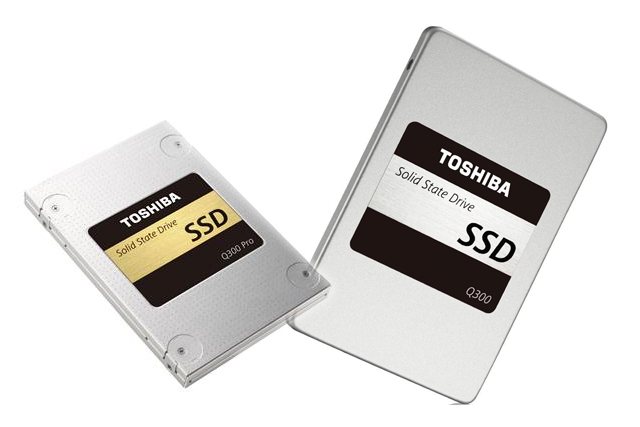
The New Q300 Pro and Q300 SSDs come in a variety of sizes, all within the 2.5-inch, 7mm form factor. The Pro version, aimed at enthusiasts and gamers features two-per-cell NAND MLC flash and is able to reach industry standard sequential read/write speeds of 550/520MBps respectively.
The standard Q300 on the other hand, is much the same, but aimed at those who may be replacing their long-tired HDD with something faster. Sequential read speeds are the same, but write speeds are actually a little faster at 530MBps. It is likely to be slightly slower in real world usage too, though is available in larger capacities, ranging from 120GB, right up to 960GB.
In comparison, the Pro is only available in 128GB, 256GB, and 512GB versions.
Both series of new drives support all of the expected technologies, like TRIM support, Garbage Collection and SMART support, though the Pro series has a standard five-year warranty, while the non-pro only has three years of support. That may be an indicator of its slightly less reliable memory, but as we’ve seen before, it can be surprising how long SSDs last for, even when being loaded constantly far beyond their recommended specifications.
Pricing for the Pro drives starts at $125 for the 128GB model, reaching $390 for the 512GB version, while the Q300 range begins at $100 for the 120GB version, reaching $450 for the 960GB.



